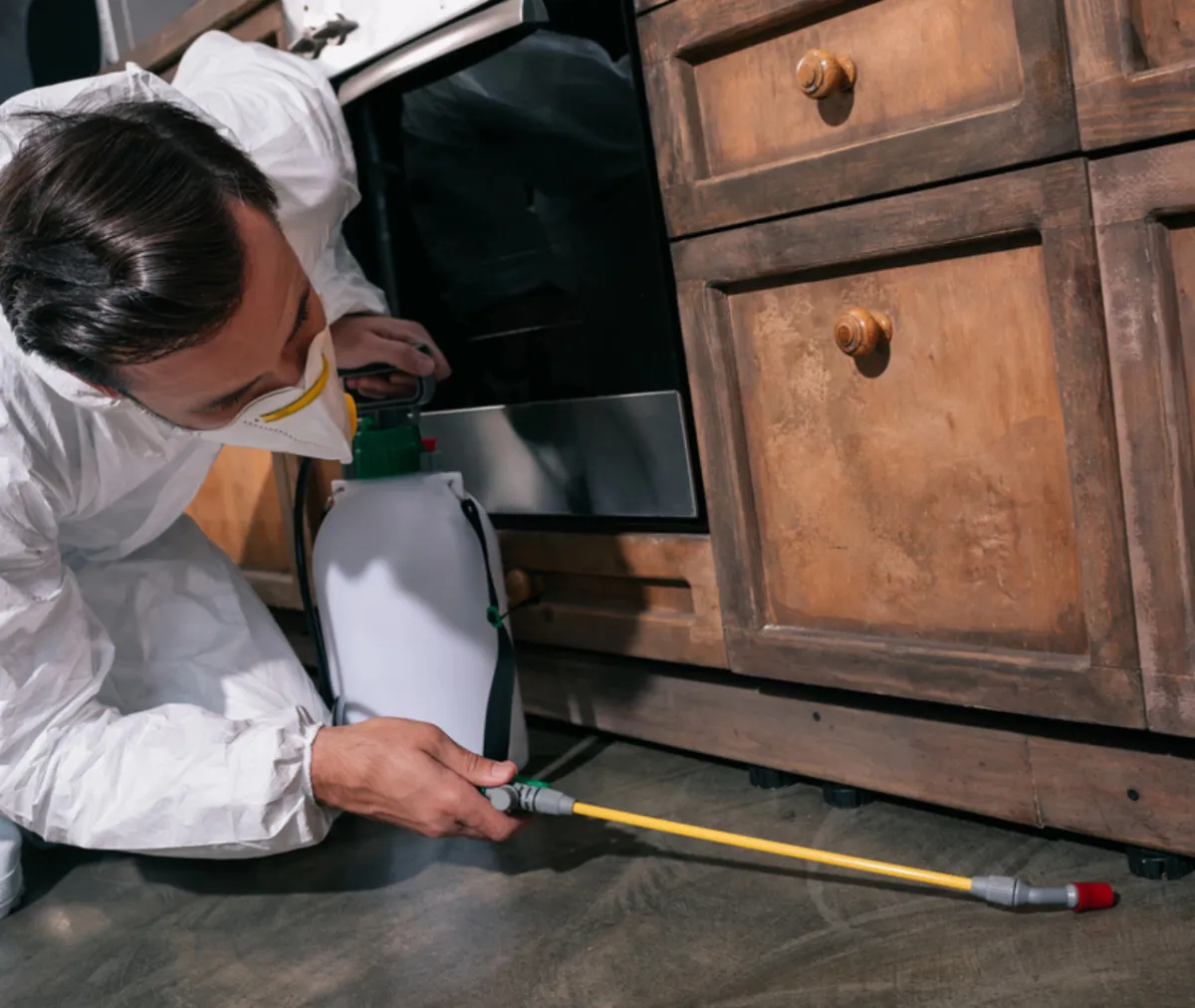
The Hidden Risks Lurking in Fall for Pest Problems
Fall is often celebrated for its colorful foliage, cooler weather, and cozy moments. However, beneath the beauty of the season lie subtle changes that can increase the risk of pest problems in and around homes. Many homeowners may not realize that this transitional season presents unique conditions that attract various pests, making it an important time for awareness and preventive action.
Why Fall Is a Critical Time for Pest Activity
As summer ends and fall begins, temperatures gradually drop and days shorten. These environmental shifts influence the behavior of many pests, encouraging them to seek food, warmth, and shelter before winter arrives.
Pests such as rodents, termites, spiders, and insects begin preparing for harsher months by moving closer to human habitats. Some may already be inside homes, while others wait near entry points for an opportunity to get inside.
Several hidden risks during fall increase the chance of pest problems:
1. Increased Shelter-Seeking Behavior
With cooling temperatures, pests look for protected environments to escape the cold. Homes and buildings provide ideal spots with stable temperatures and protection from wind and rain. Rodents especially intensify their efforts to find cracks, gaps, or openings that lead indoors.
This behavior means that even small, unnoticed entry points can become gateways for pest invasions.
2. Seasonal Clutter and Storage
Fall is a busy season for cleaning and storing seasonal items such as holiday decorations, gardening tools, and outdoor furniture. While this is helpful for organization, it also creates additional hiding places for pests.
Boxes, bags, piles of leaves, and stored firewood offer dark, quiet environments that attract rodents, spiders, and insects. Clutter near doors, windows, and basements further increases the likelihood of pest habitation.
3. Changing Food Availability
Many pests take advantage of fall’s abundance of food. Decaying leaves, fallen fruits, nuts, and seeds provide rich food sources for insects and rodents outside. As these supplies diminish with winter’s approach, pests shift their focus toward indoor food supplies.
Improperly stored food, uncovered trash bins, and pet food left out overnight can quickly attract pests inside.
4. Moisture Build-Up
Fall often brings increased rainfall and humidity. Moisture can accumulate around foundations, basements, and crawl spaces, creating ideal conditions for pests like termites, cockroaches, and silverfish.
Clogged gutters or poor drainage can lead to water pooling near the home, encouraging pests to settle nearby.
5. Reduced Daylight Impacting Inspections
Shorter daylight hours mean less time for thorough outdoor inspections. This can result in missed signs of pest activity or vulnerabilities around the home. Early detection is key to preventing infestations, but it becomes more challenging without regular checks.
How to Address These Hidden Fall Risks
Being aware of these risks allows homeowners to take proactive steps during fall:
Seal Entry Points: Inspect the home’s exterior for cracks, gaps, and holes. Use caulk, weather stripping, or steel wool to close openings where pests might enter.
Manage Seasonal Clutter: Store seasonal items in sealed containers and keep storage areas organized and clean. Avoid piling leaves or firewood directly against the home.
Proper Food Storage: Store pantry items in airtight containers, clean up spills promptly, and secure trash bins with tight-fitting lids.
Control Moisture: Clear gutters regularly, fix leaks, and ensure proper drainage away from the foundation. Consider using a dehumidifier in damp areas.
Regular Inspections: Schedule routine inspections both indoors and outdoors, ideally during daylight hours, to identify and address potential pest issues early.
Maintain Landscaping: Trim branches and shrubs away from the house, remove leaf piles, and keep the yard tidy to reduce pest habitats.
Benefits of Fall Pest Prevention
Taking these steps during fall not only prevents immediate pest problems but also reduces the chance of larger infestations during winter and spring. A well-maintained home provides less opportunity for pests to enter and thrive, contributing to a healthier living environment.
Additionally, preventive care can protect the structure and integrity of the home. Termites and rodents, in particular, can cause costly damage if left unchecked.
Conclusion
Fall presents unique and often overlooked risks that can lead to pest problems. From increased shelter-seeking behavior and seasonal clutter to moisture buildup and changing food availability, various factors combine to make this season critical for pest prevention. By understanding these hidden risks and implementing thoughtful maintenance and monitoring, homeowners can reduce the likelihood of infestations and enjoy a comfortable, pest-free home throughout the colder months.